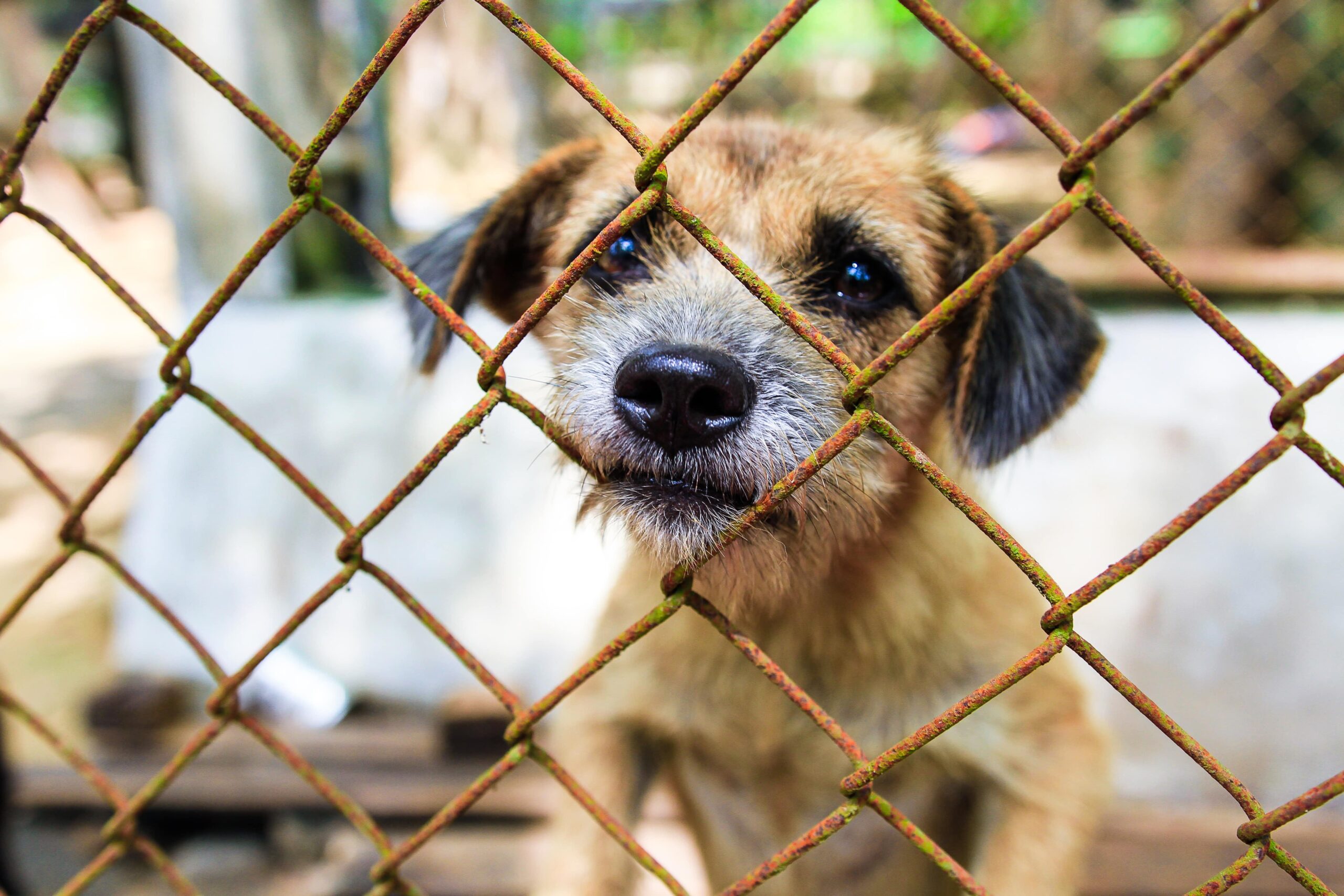The complex intersection of self-defense and animal cruelty poses a challenging ethical and legal conundrum. In considering whether killing an animal in self-defense constitutes animal cruelty, one must navigate the murky waters of legal definitions, the moral implications of animal life, and the nuances of specific cases. This article endeavors to dissect these intricacies, offering a thorough examination of the topic from multiple perspectives.
To commence, it is crucial to delineate what constitutes self-defense. Generally, self-defense refers to the justification for taking action to protect oneself from imminent harm or danger. This legal doctrine is firmly entrenched in many legal systems, focusing predominantly on human interactions. Although animals may also elicit a need to act defensively, the laws pertaining to animal interactions diverge significantly from those concerning human engagements.
Animal cruelty, on the other hand, is unequivocally defined as the intentional infliction of suffering, harm, or death to an animal. In statutory terms, animal cruelty encompasses a variety of acts including neglect, physical harm, and undue emotional distress. Whether the death of an animal—due to defensive actions—falls within the realm of cruelty rests on a multitude of contextual factors.
One significant factor to consider is the nature of the perceived threat. For example, a domesticated pet may react aggressively due to a health issue, while a wild animal may attack out of instinct when it feels cornered. The context in which an individual finds themselves can drastically alter the legitimacy of their defensive actions. If a person is confronted by a rabid dog or a venomous snake, the rationale behind employing lethal measures to protect oneself can be deemed defensible. Contrarily, if a person uses excess force against a non-threatening animal, it may easily fall into the category of cruelty.
Conversely, the legal implications surrounding an animal’s aggressive behavior play a pivotal role. Dogs, recognized as the most common household pets, vary in breed, temperament, and training. Specific breeds have been unjustly categorized as inherently dangerous, leading to disproportionate reactions from individuals faced with their presence. In law, however, the defining element is the aggressiveness exhibited during the encounter, not necessarily the breed itself. Thus, a person defending themselves against an aggressive dog does not automatically result in an act of animal cruelty; the motivation must align with reasonable safety protocols and situational analysis.
From a moral standpoint, one must ponder the ethical ramifications of defensive killing. The value assigned to animal life as opposed to human life is frequently debated. This philosophical inquiry touches on deeper ethical principles and animal rights theories. Advocates arguing for animal welfare espouse that animals possess intrinsic value and should be afforded a degree of respect and protection, even when posed with potential harm. The question thus arises: can killing an animal, even in self-defense, ever be morally justifiable? This challenging moral quandary forces individuals to reassess their views on life, whether human or animal, and the implications of their actions in critical situations.
To further complicate the discourse of self-defense killing and animal cruelty, one must also acknowledge the concept of proportionality. Legal standards dictate that the response to an imminent threat must correlate directly to the severity of the attack. Thus, if an adult human is faced with a small dog barking aggressively, lethal actions may be deemed excessive and subsequently classified as cruelty. However, if a person is attacked by a large predator, the rationale for employing lethal force may align more closely with justified self-defense. This principle of proportionality underscores the necessity of evaluating each situation on a case-by-case basis, emphasizing that not all defensive actions against animals can be universally categorized.
There are distinct statutes in many jurisdictions addressing self-defense against animals, and these laws often stipulate the conditions under which one is permitted to kill an animal without incurring penalties for cruelty. In instances involving livestock, for example, farmers may have the legal right to euthanize an animal posing a threat to their livestock or fields. These provisions reflect a recognition of the operational and safety needs associated with agricultural practices while simultaneously attempting to uphold ethical standards for humane treatment.
The implications of technological advancements also warrant exploration. In an era where non-lethal methods of animal control—such as tranquilizers and deterrent sprays—are becoming increasingly prevalent, the societal shift towards compassionate coexistence may reshape the applications of self-defense. Such devices provide alternatives to lethal force, fostering a culture where the sanctity of animal life is prioritized over defensive instincts. However, the acceptance of non-lethal responses may lead to a potential legal conundrum when such methods are impractical or when immediate action is required. The emergence of these alternatives further complicates the legal and ethical landscape surrounding the issue.
Ultimately, whether killing an animal in self-defense constitutes animal cruelty remains a layered question, steeped in legal definitions, ethical considerations, and situational nuances. Various factors—including the nature of the threat, the proportionality of the response, and the potential for non-lethal alternatives—require careful analysis. As societal norms evolve, so too does the need for a comprehensive understanding of the interplay between human safety and animal rights. Legal systems and individuals alike must engage in ongoing dialogues that reflect this balance, ensuring that our actions align with both protective instincts and humane principles.










